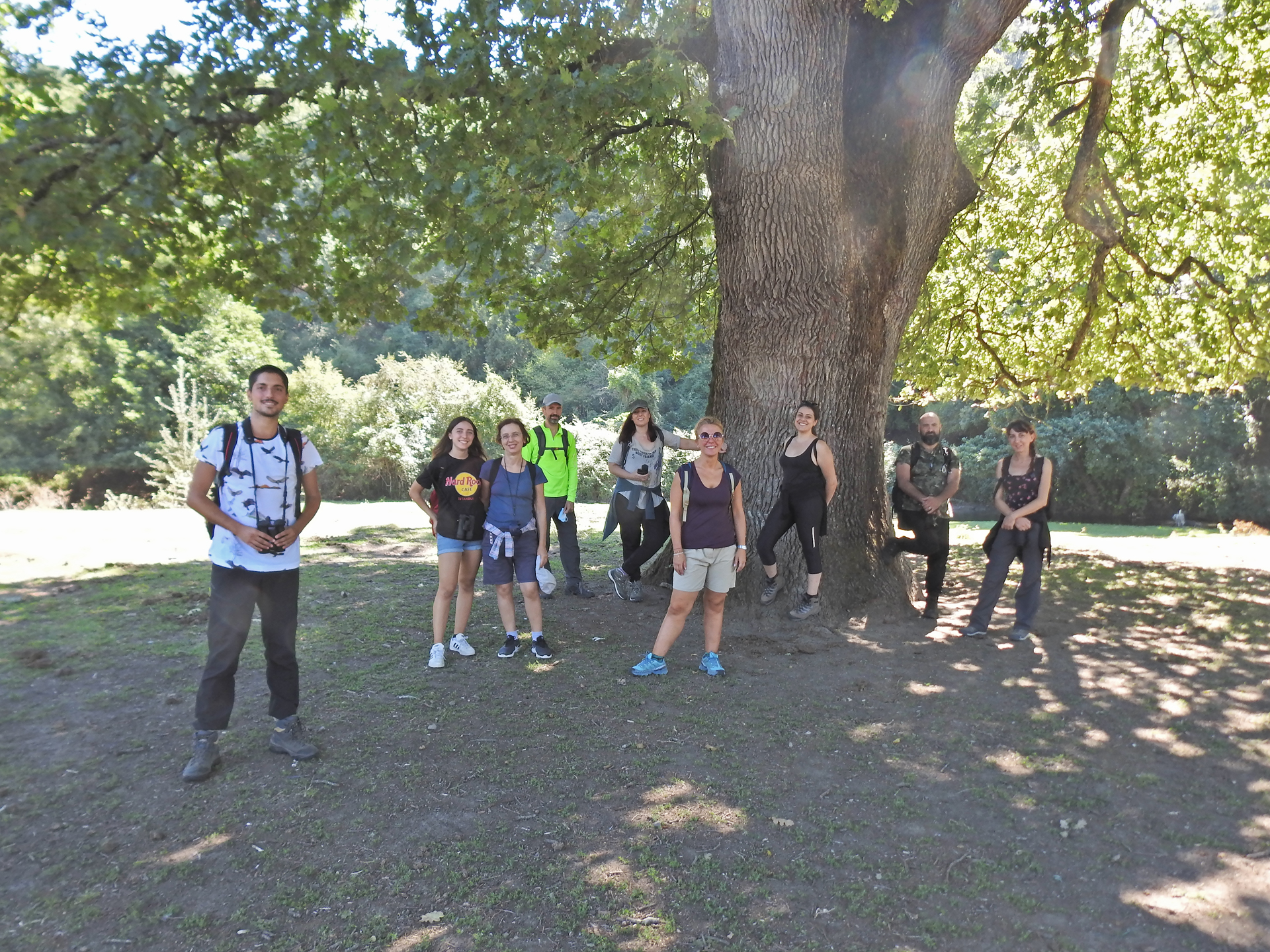Last weekend we re-proposed two of our events focused on the observation of biodiversity in the province of Rome: the urban trekking in the heart of the capital and the nature walk in the Sorbo Valley, near Formello.
Saturday morning, armed with binoculars, we meet at the Colosseum to walk among some of the most iconic historical sites in Rome. First stop Villa Celimontana, where surprises were not lacking at all!
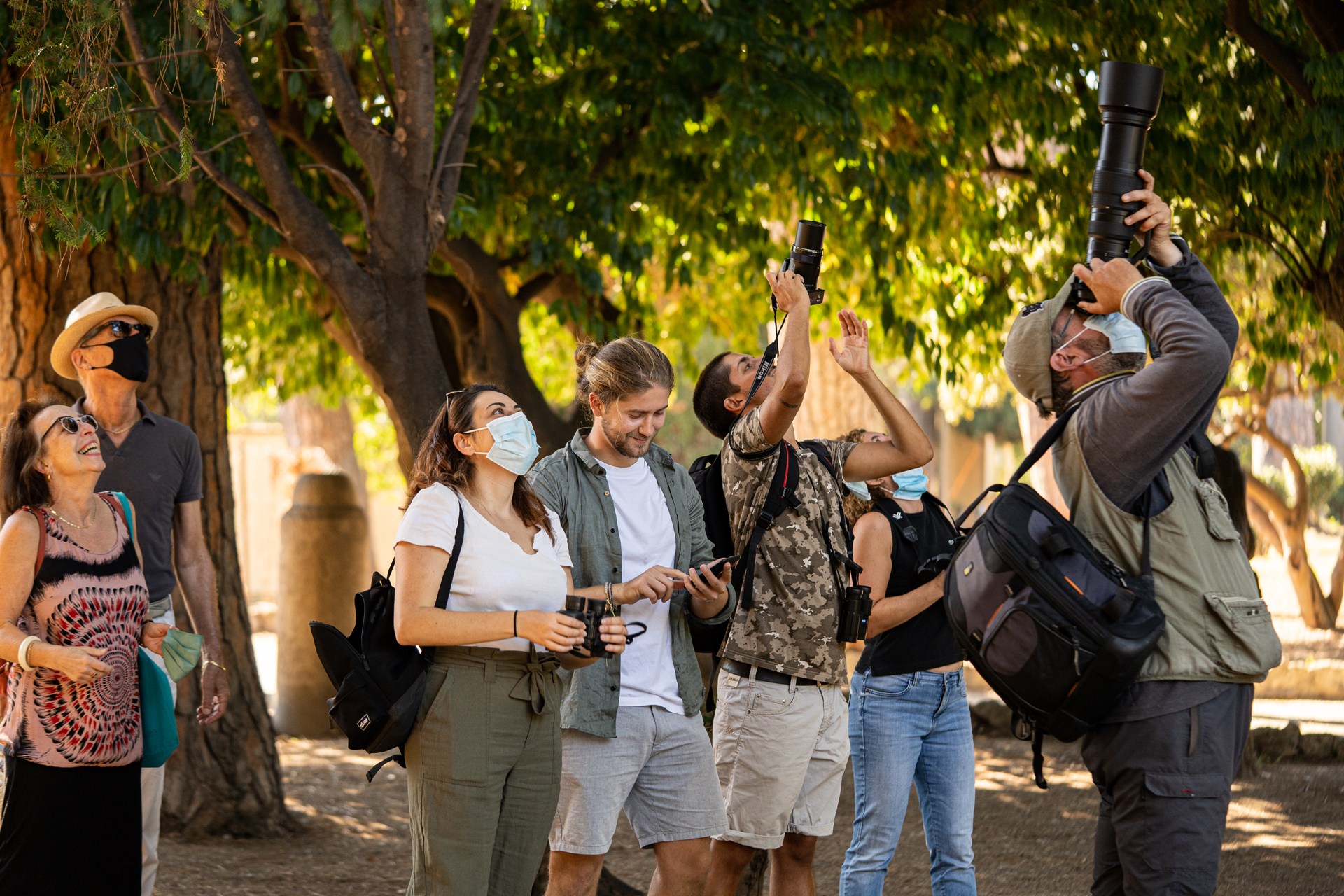
As soon as we enter, a flying Eurasian Hoopoe (Upupa epops) crosses our path, showing off the typical black and white feathers of the wings. Among the many species that we usually see in this city park, two Firecrests (Regulus ignicapilla) capture the attention of the participants. These small Passerines are particularly confident and, despite our presence, continue to eat among the branches a few meters from us.
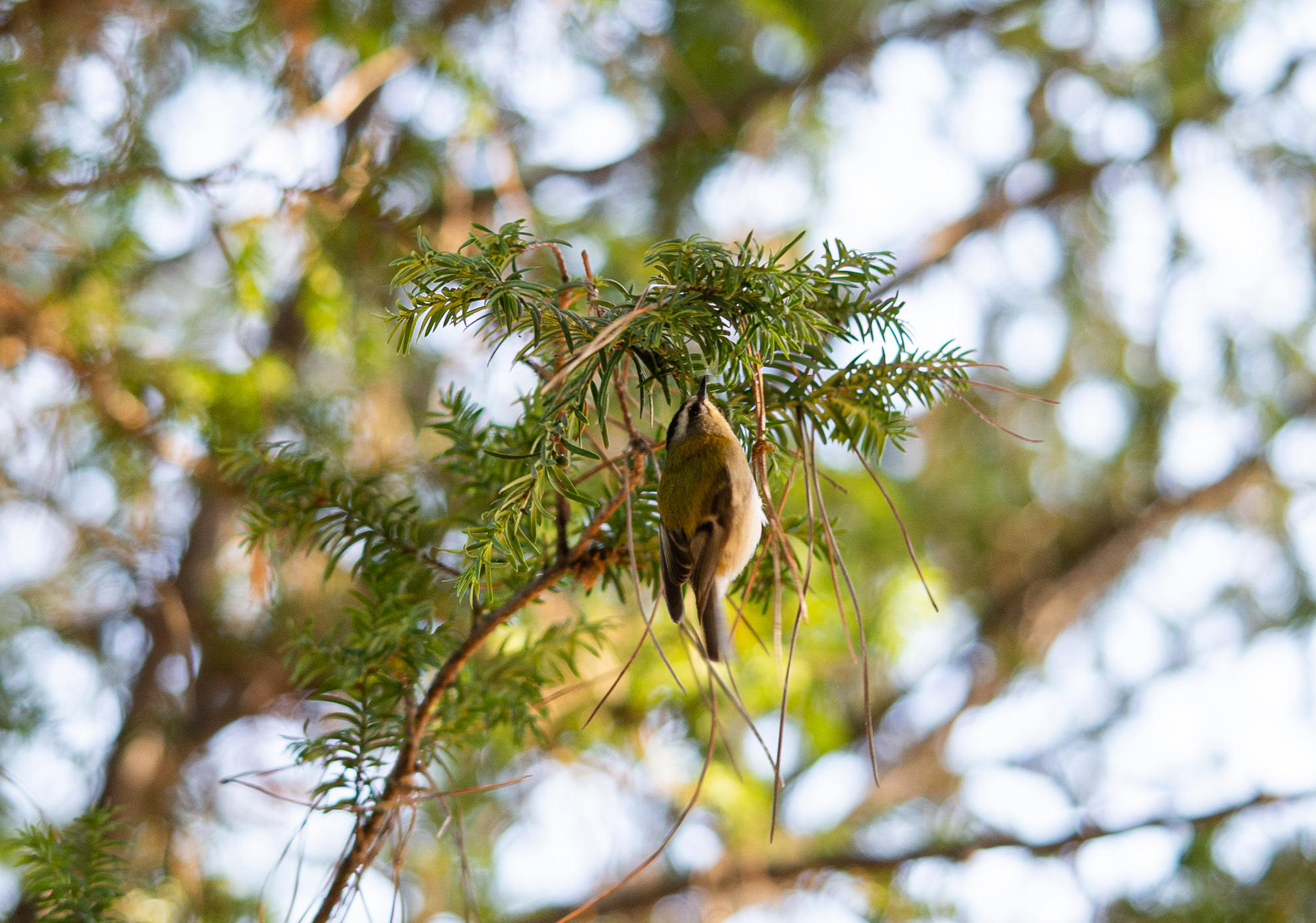
But the star of the day is undoubtedly another: while we are intent on observing a colony of Monk Parakeets, we hear a drumming above our heads: it is a female of Lesser Spotted Woodpecker (Dendrocopos minor)! It is the first time that we have observed this species inside Villa Celimontana and we are pleased to add it to the list of the many species sighted during our birdwatching tour in the Eternal City.
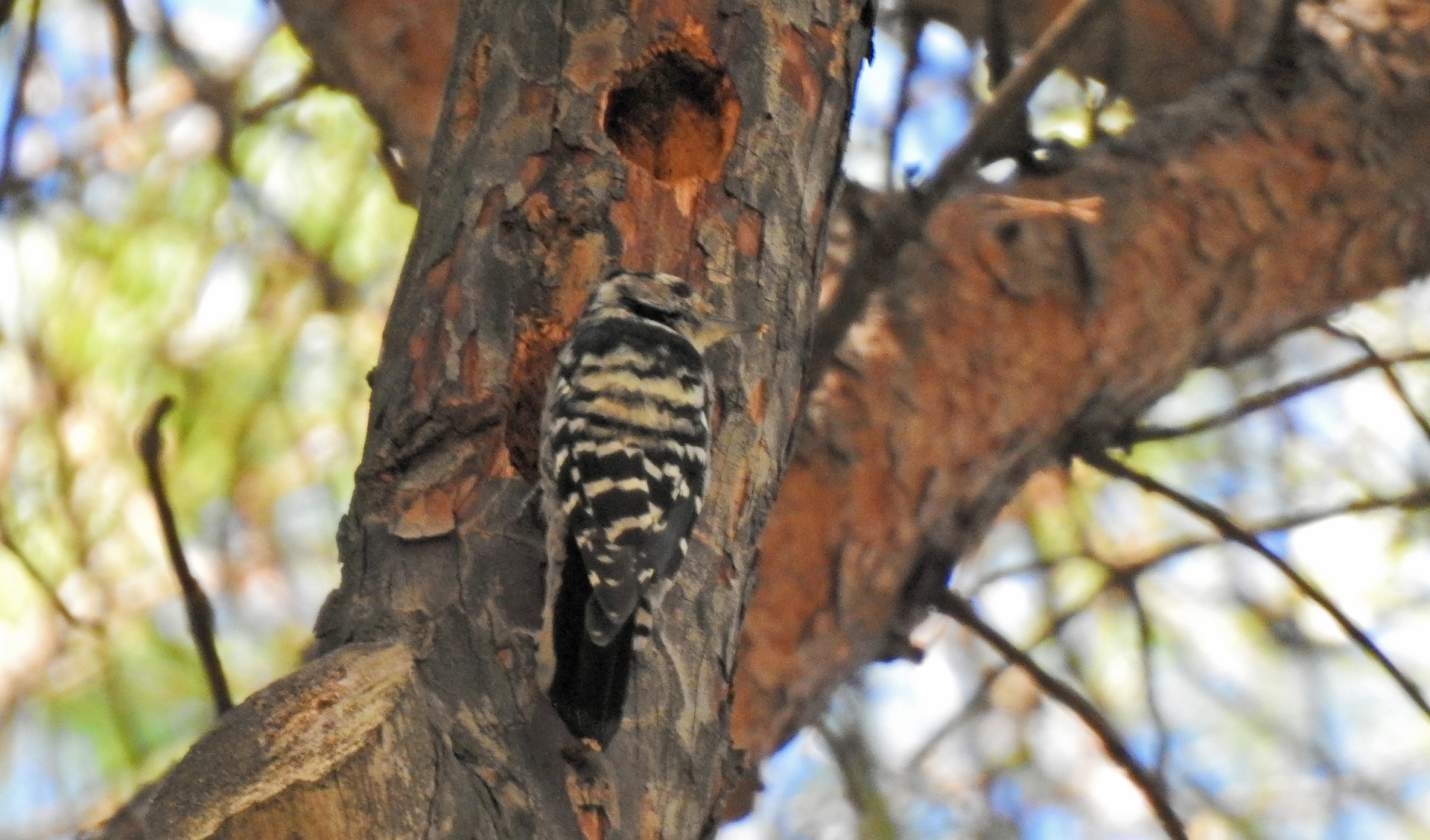
Passing through the Circus Maximus, where we spot two Western Jackdaws (Corvus monedula) and some Common House Martins (Delichon urbicum), we head towards the Tiber Island. On the banks of the Tiber we add to the checklist some birds related to the urban river environment: 3 Great Cormorants (Phalacrocorax carbo), a Little Egret (Egretta garzetta), a Grey Heron (Ardea cinerea) and a Common Moorhen (Gallinula chloropus).
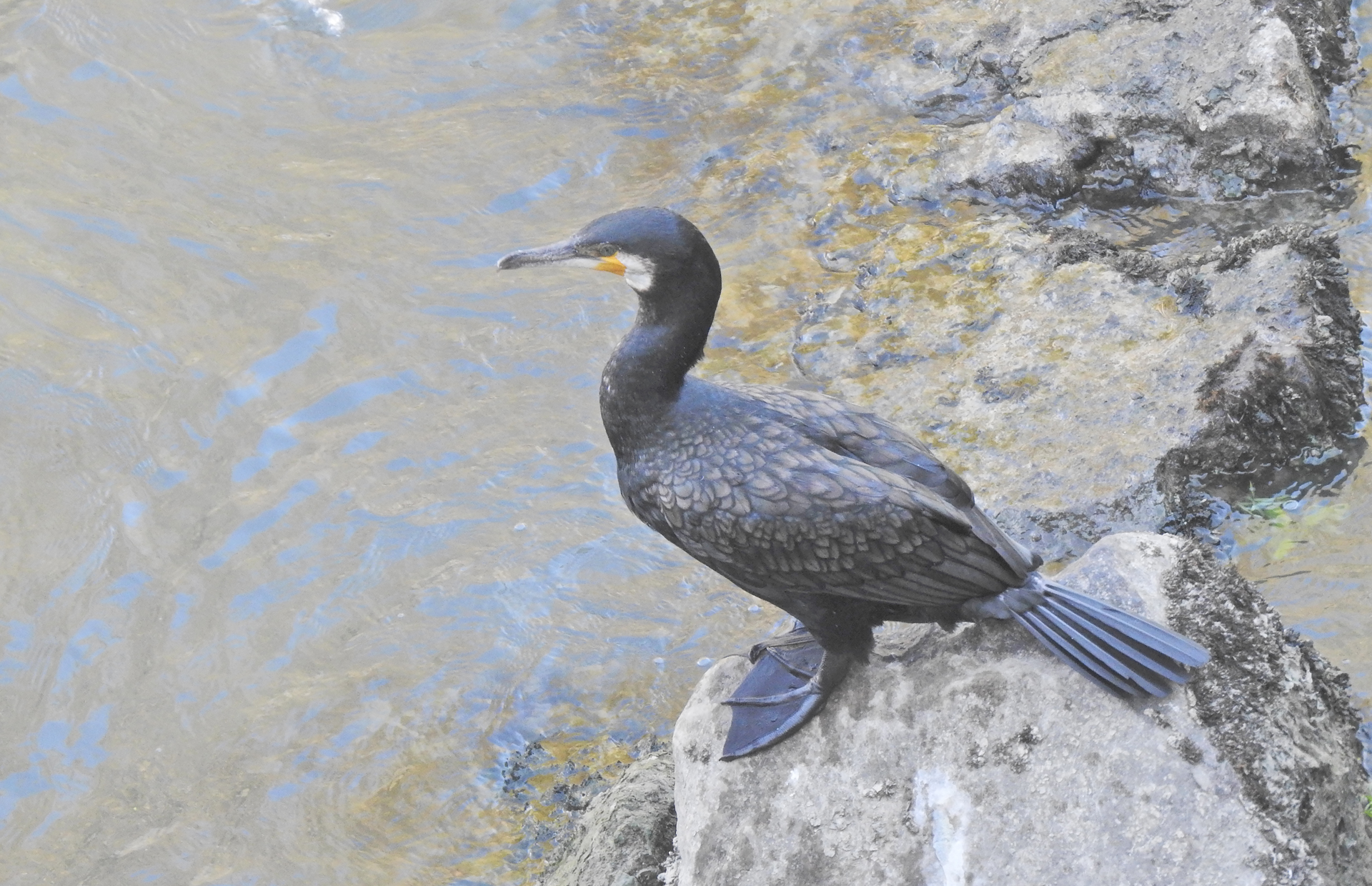
We end our journey at the Imperial Fora. Here, among the sunny ruins, we contact several individuals of Common Wall Lizard (Podarcis muralis nigriventris), with the colorful pattern typical of the subspecies of central Italy.
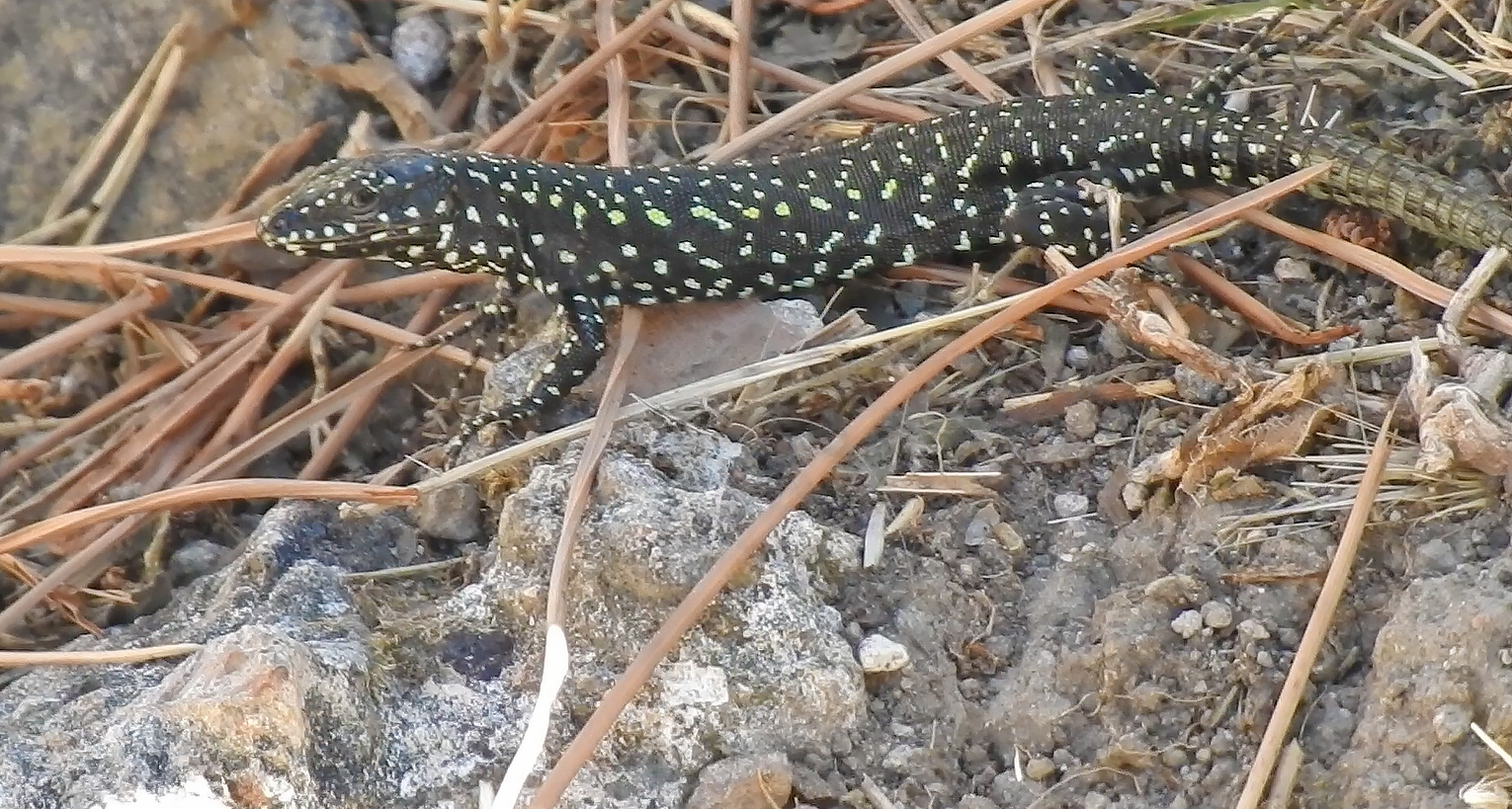
The next day, however, we are ready to explore the Sorbo Valley, one of the most characteristic places of the Veio Regional Park. Even before starting the hike, a European Green Woodpecker (Picus viridis) immediately welcomes us, which shows itself with its noisy song, even before being seen in flight.
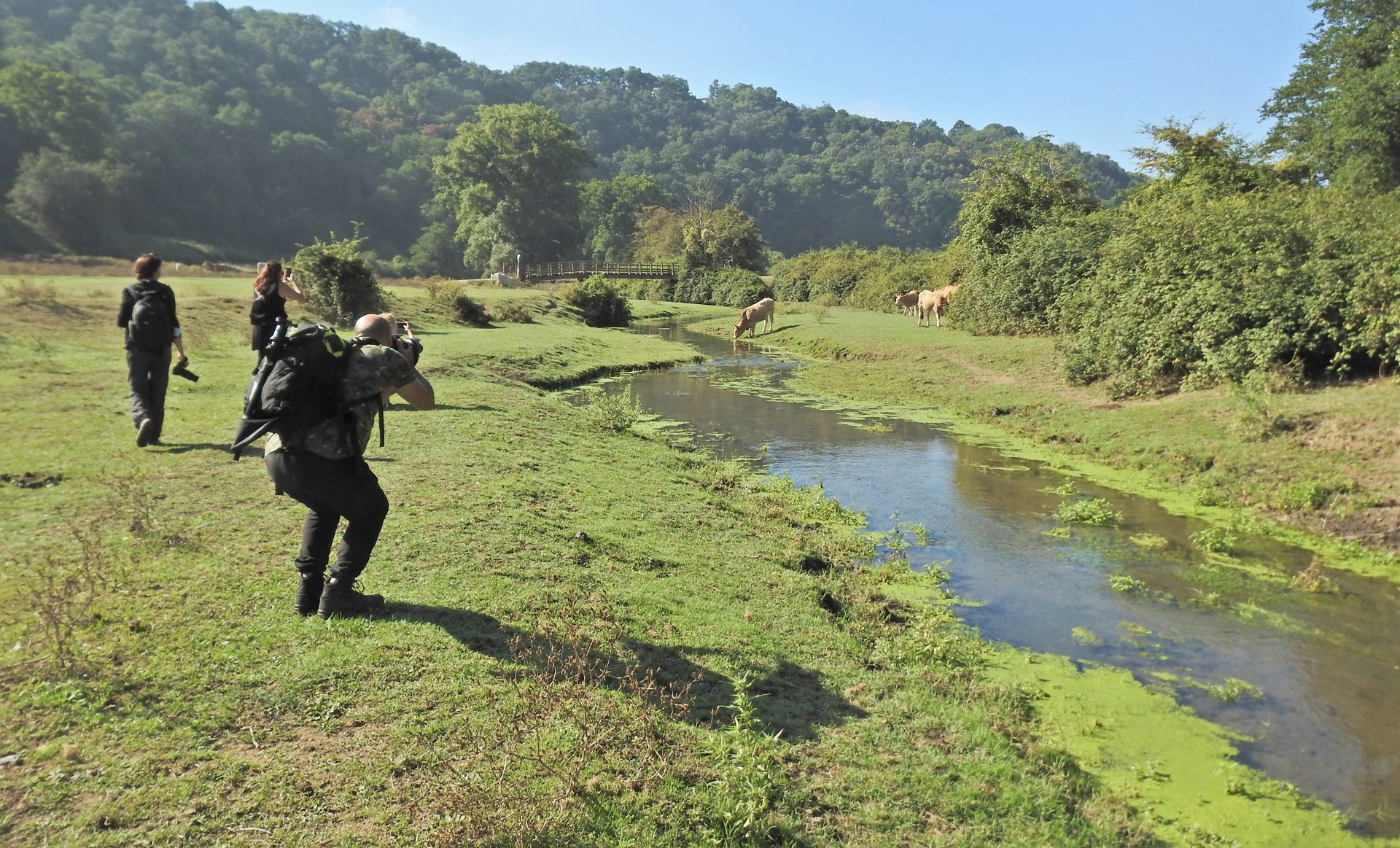
Along the Crèmera stream, we contact many individuals of Calopteryx haemorrhoidalis, a common Damselflie in all the southern and central regions of the peninsula. Here we also observe many Chubs (Squalius sp.) and a fair number of Barn Swallows (Hirundo rustica).
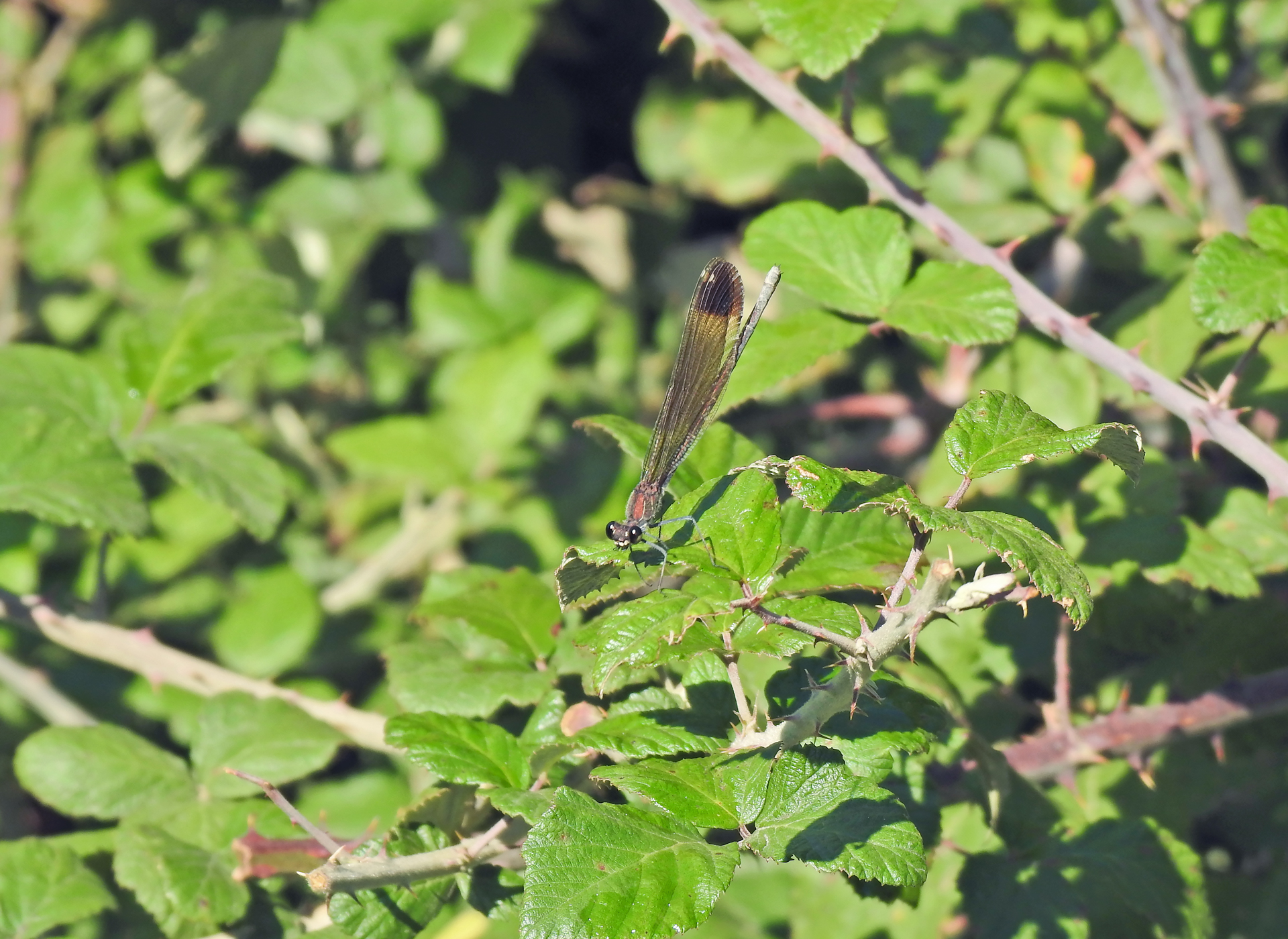
We thus move towards the gorge environment, to safely admire the Formello waterfall and the vegetation that, thanks to the microclimate of the area, persists with relict populations. Along the way we meet wild cattle and horses, as well as a Little Egret in flight.
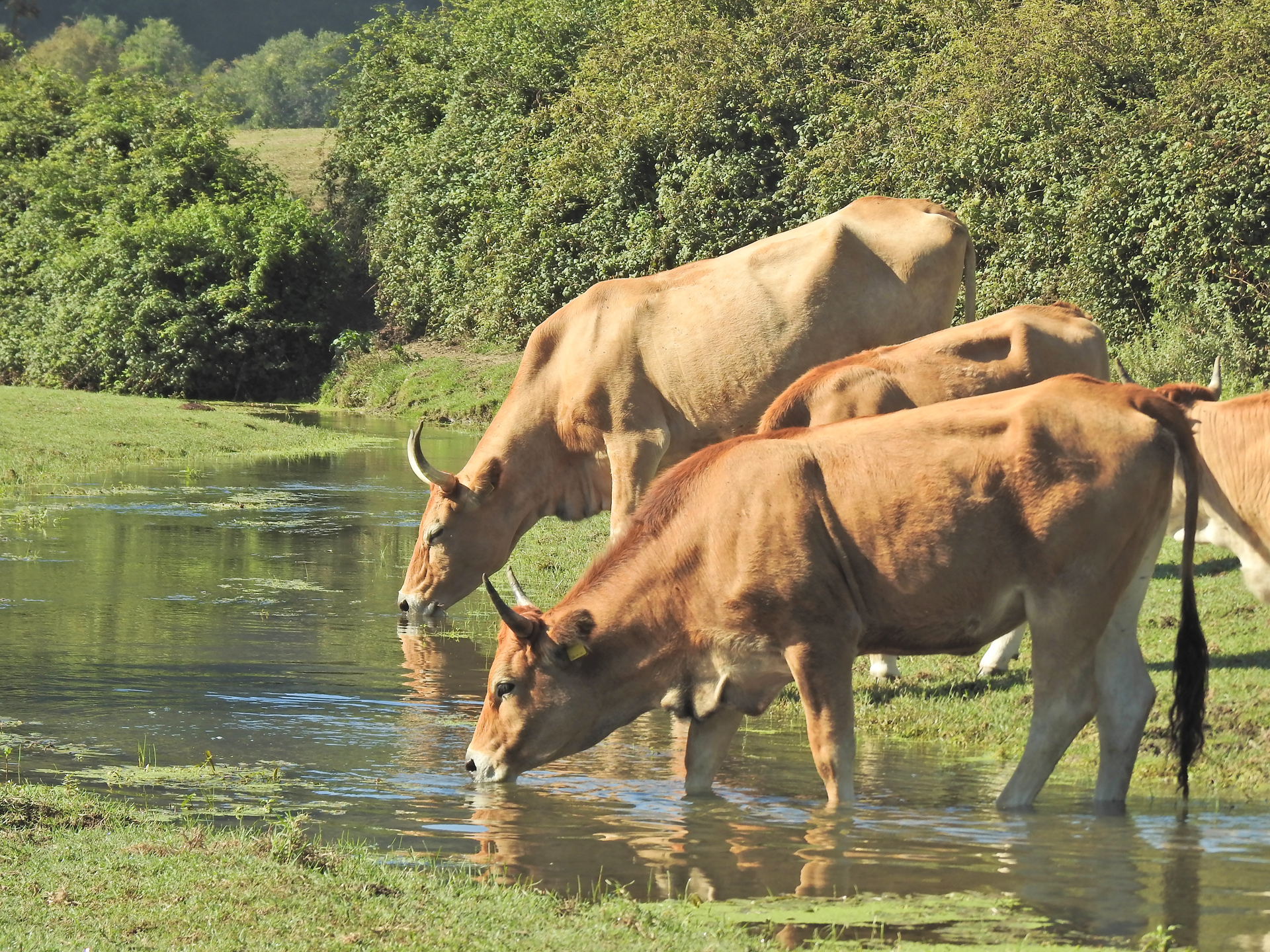
Crossing the valley to reach the nearby wood, we observe a pair of Common Buzzard (Buteo buteo) that swirls in thermal and we are flown over by dozens and dozens of European Bee-eaters (Merops apiaster) in migration. These fly very high but thanks to their typical vocalizations they are immediately noticed. We therefore walk a short stretch of path, during which we add to the list the following species typical of the mixed forest: Wood Pigeon, Great Spotted Woodpecker, European Robin and Eurasian Jay.
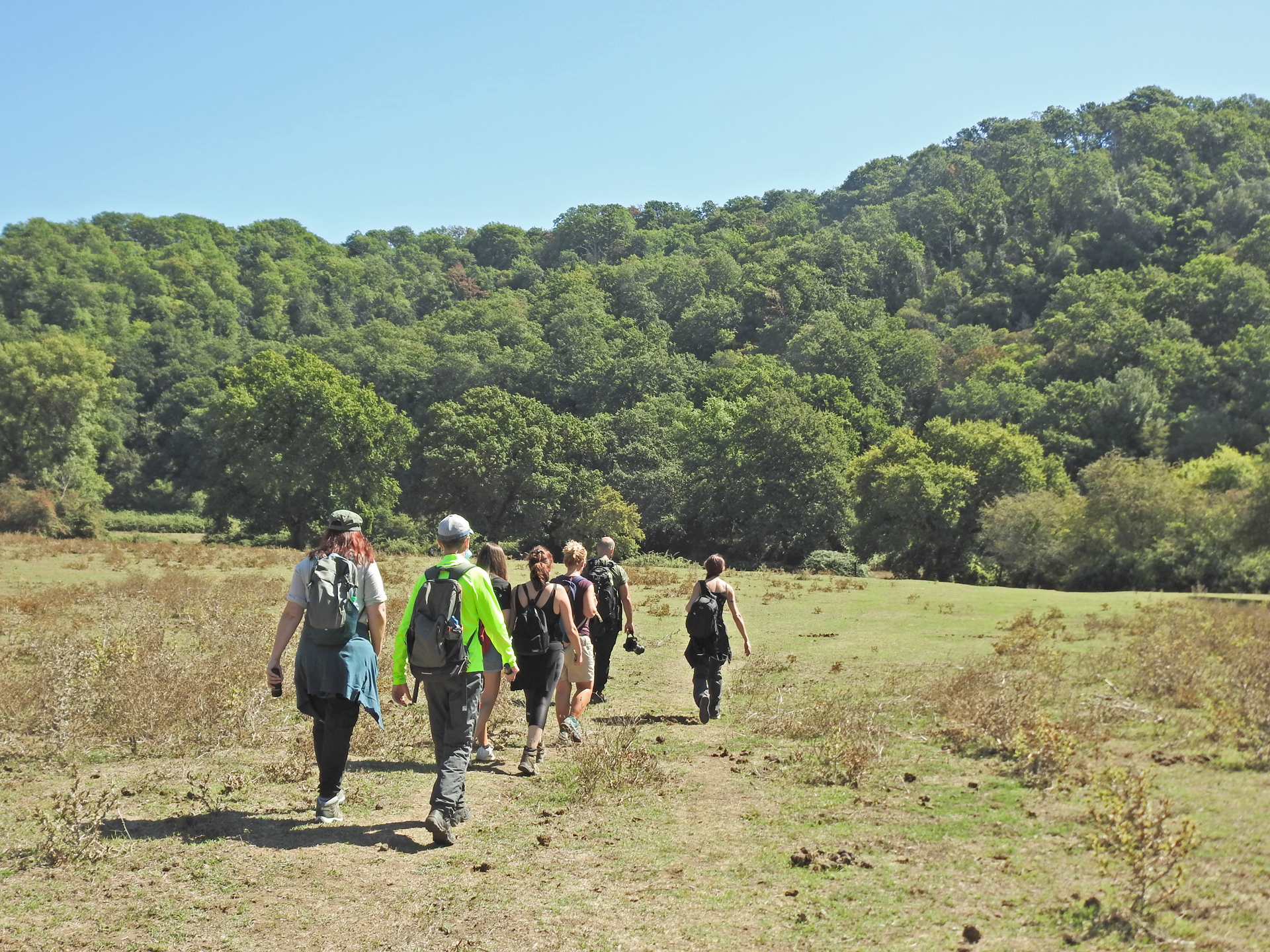
On the way back, the Sorbo Valley greets us with another flock of Bee-eaters. This time the birds fly lower and finally allow us to admire their colorful plumage!
We will organize these two excursions once again on the last weekend of September, see you to the next adventure!
